The Relationship Between Indoor Furniture and Furnishing Design
 May 16,2025
May 16,2025

 Topmax Furniture
Topmax Furniture
The status of indoor furniture in interior decoration
Indoor furniture is an important part of interior decoration, and it is also the most closely related to human activities and the most frequently used furnishings. They appear in indoor spaces in different forms, with different functions, materials and colors, and create interior furnishing designs that meet people's material and spiritual functional needs according to certain aesthetic principles.
Indoor furniture accounts for about 35% to 40% of the indoor area in general living rooms, offices and other places. When the space is small, the furniture accounts for more than 50%. In public places such as restaurants and theaters, the area occupied by furniture is larger, so the indoor space atmosphere is largely affected by the shape, color and material of furniture.
In short, indoor furniture occupies an important position in interior decoration design. When embarking on the decoration design of an indoor space, the subjectivity of indoor furniture should be fully considered so as not to make the indoor decoration appear messy and disordered.
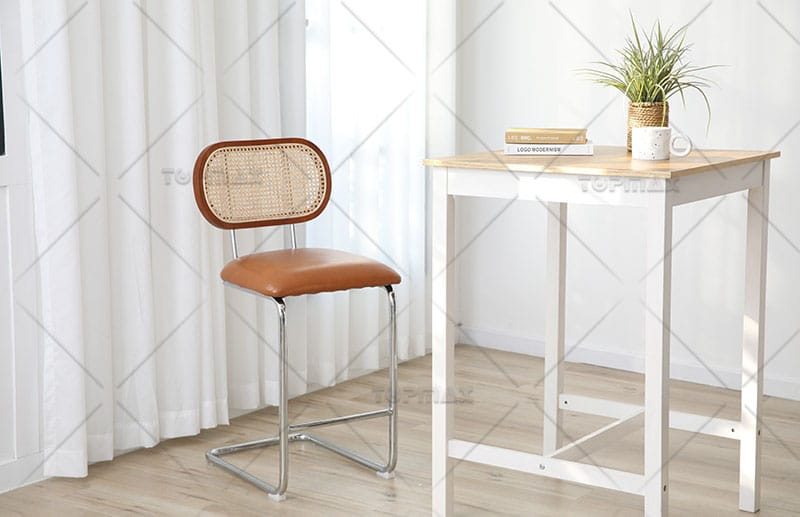
The role of indoor furniture in interior decoration
In the view of indoor furniture manufacturer, different types of indoor spaces need to display different items, and these furnishings reflect their functions and values. Indoor furniture is an important part of interior design and plays a very important role in the success of interior design.
(1) Strengthen style characteristics and interpret space connotation
Most modern indoor furniture has both practical and aesthetic functions, and together with other furnishings, it creates a reasonable, comfortable and beautiful indoor space environment. There are different styles of interior design, including magnificent classical style, elegant Chinese style, practical and simple modern style, simple and fresh natural style, etc. The choice of indoor furniture style plays a decisive role in the overall style of the indoor environment. Therefore, indoor furniture is the "main theme" of interior design. Indoor furniture manufacturer express the deep-level design language through furniture of different forms, materials and colors, and further strengthen the style characteristics of the indoor environment.
(2) Create and set off the atmosphere of space
With the progress of social economy, people's lifestyles are changing and their self-awareness is gradually improving. Modern people's demand for indoor space has gradually shifted from the basic material level to the spiritual level, and they pay more attention to the atmosphere and artistic conception of indoor space. Indoor furniture manufacturers have found that different types of furniture have different effects on the indoor atmosphere. For example, a warm and friendly coffee shop, a solemn memorial hall, and an elegant and simple teahouse can all be created and further enhanced through different indoor furniture displays.
Artistic conception refers to the designer's use of some artistic techniques to make the space convey a certain kind of thought and theme that can be felt but difficult to express in words. Compared with atmosphere, artistic conception is more associative and gives people spiritual enjoyment. For example, traditional Chinese style often chooses Ming and Qing style furniture to express a kind of elegant charm, while European classical style usually uses noble and elegant European style furniture, and the color of furniture is relatively soft.
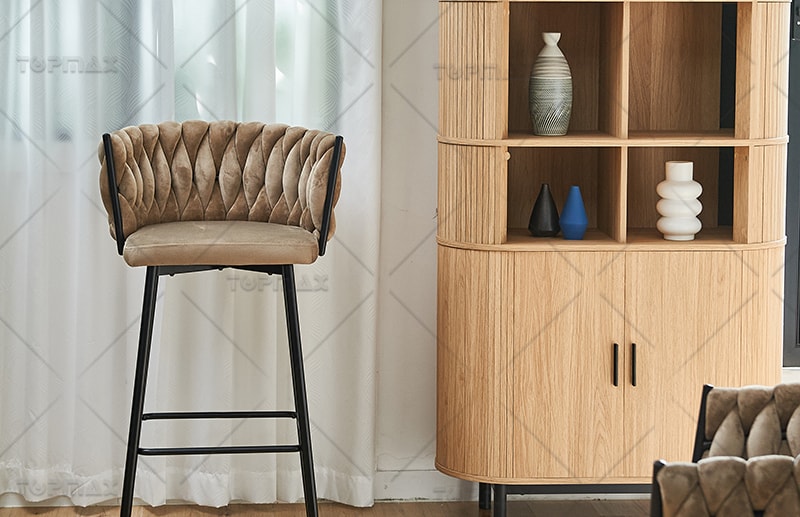
(3) Soften the space and adjust the color
The reinforced concrete building structure brings us a cold and dull indoor space, and the hard lines make modern people more eager for a friendly and soft indoor environment. Using furniture and furnishings to improve is undoubtedly a more efficient and convenient means. Furniture with various forms and textures can not only soften the lines of the space and ease the rigidity of the space, but also create a sense of warmth and create an interior environment with a "human touch".
At the same time, modern indoor furniture with rich colors can also add vitality to the interior space and adjust the color of the environment. Color is the soul of interior design. Color affects people's physiological and psychological feelings through vision, and then has a certain impact on the comfort, sense of scale, and environmental atmosphere of the space. The color of indoor furniture usually appears in the space in the form of blocks, which has a great decisive role in the color of the indoor environment. Sometimes it also exists as a local embellishment color. It is worth noting that in the application of furniture color, it is necessary to fully consider its coordination with the overall environmental color tone in order to play a icing on the cake.
(4) Create secondary space and enrich spatial levels
The space enclosed by the interfaces of the wall, floor and ceiling is called a primary space. Under normal circumstances, it is not easy to change its layout form. However, it is relatively easier and more flexible to use indoor furniture to divide the space. This variable space divided in the primary space is called a secondary space. Indoor furniture can be used as a flexible partition to divide the space and form areas with different functions or properties. Through the arrangement of indoor furniture, the flow of people can be organized, making the function of the space more reasonable.
At the same time, indoor furniture can also enrich the sense of space by dividing the space. For example, the hall of a dining space is not only a large space as a whole, but also consists of many small spaces separated by tables and chairs. This not only makes full use of the space, but also enhances the sense of space and fluidity.
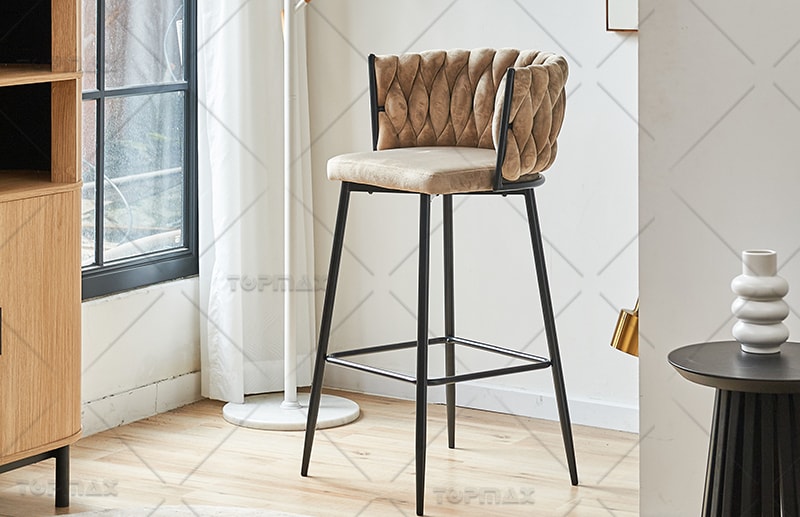
(5) Reflect individual characteristics and cultivate personal sentiments
The understanding of beauty varies from person to person. Gender, age, nationality, belief, educational background, etc. will become important factors affecting individual image and personal aesthetics. This is fully reflected in the design of indoor furniture. For example, some ethnic restaurants will choose indoor furniture with strong ethnic characteristics and regional style; some young people will prefer to choose some modern furniture with novel shapes and outstanding textures; for children, they prefer colorful and creative indoor furniture.
The selection and arrangement of indoor furniture can reflect different spatial connotations and personality characteristics, and it is also a way for people to express themselves. Beautifully shaped and elegant indoor furniture is displayed in the interior space, which not only has certain use and decoration functions, but also can amuse and cultivate one's sentiments. At this time, the furniture has surpassed its own use value and aesthetic value, and has become a work of art that can reflect personal taste and spiritual pursuit.
 Inquire Now
Inquire Now



 Home
Home What are the Materials Commonly Used in Furniture Manufacturing?
What are the Materials Commonly Used in Furniture Manufacturing?  You May Also Like
You May Also Like 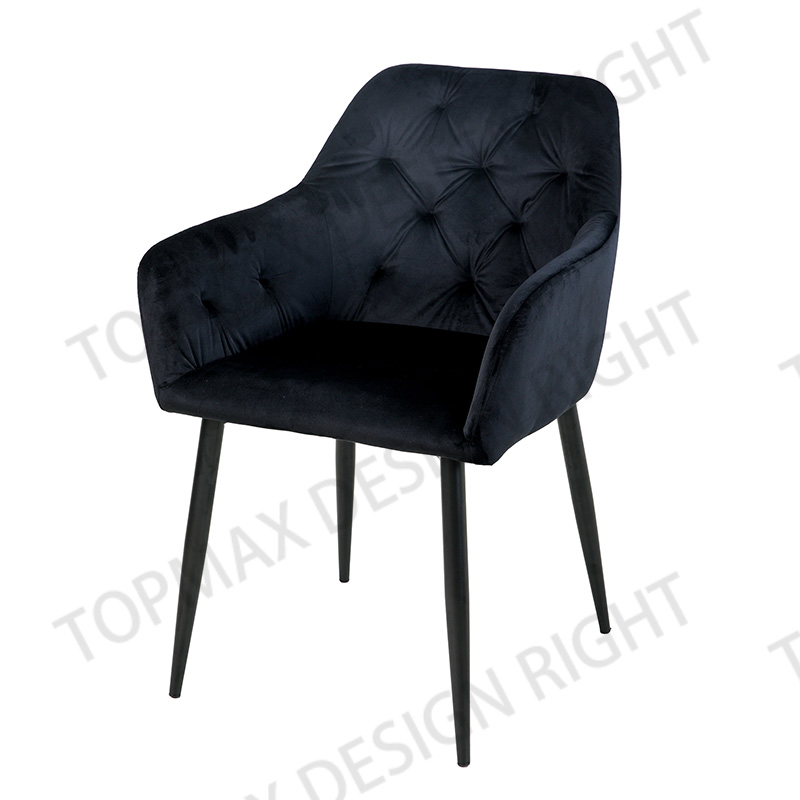

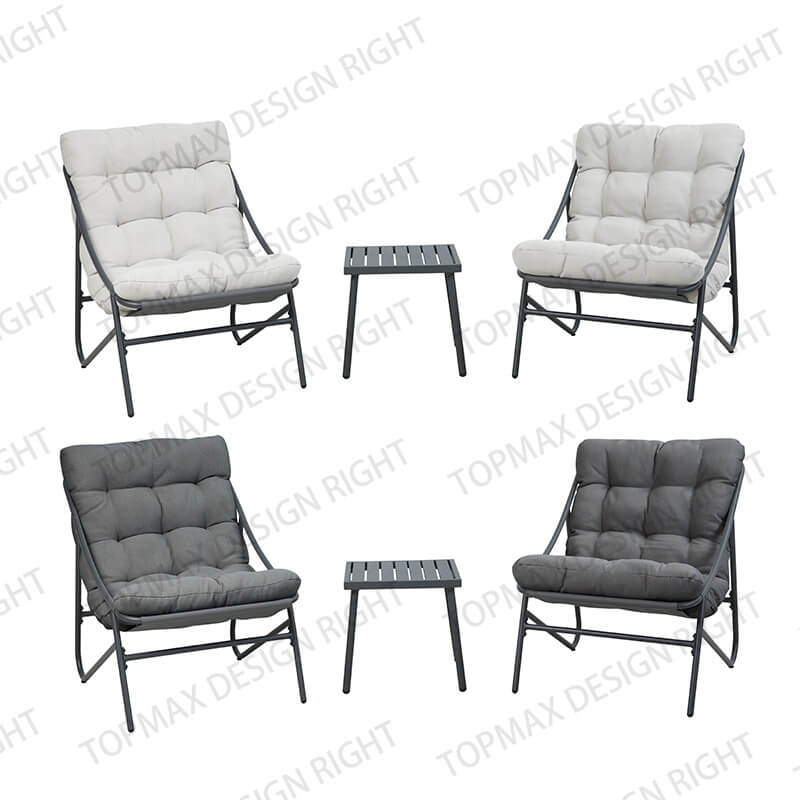
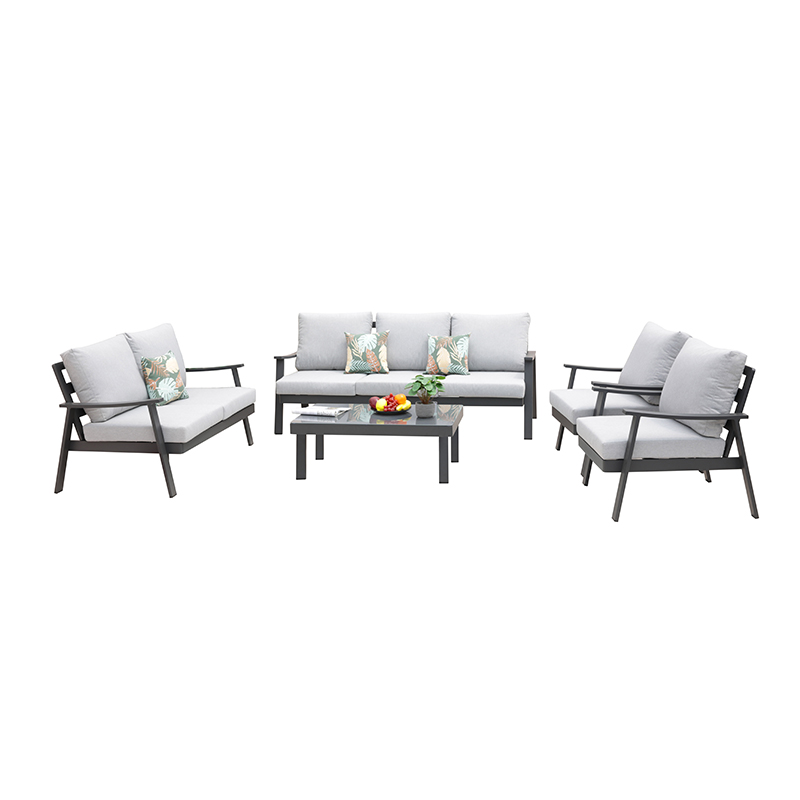
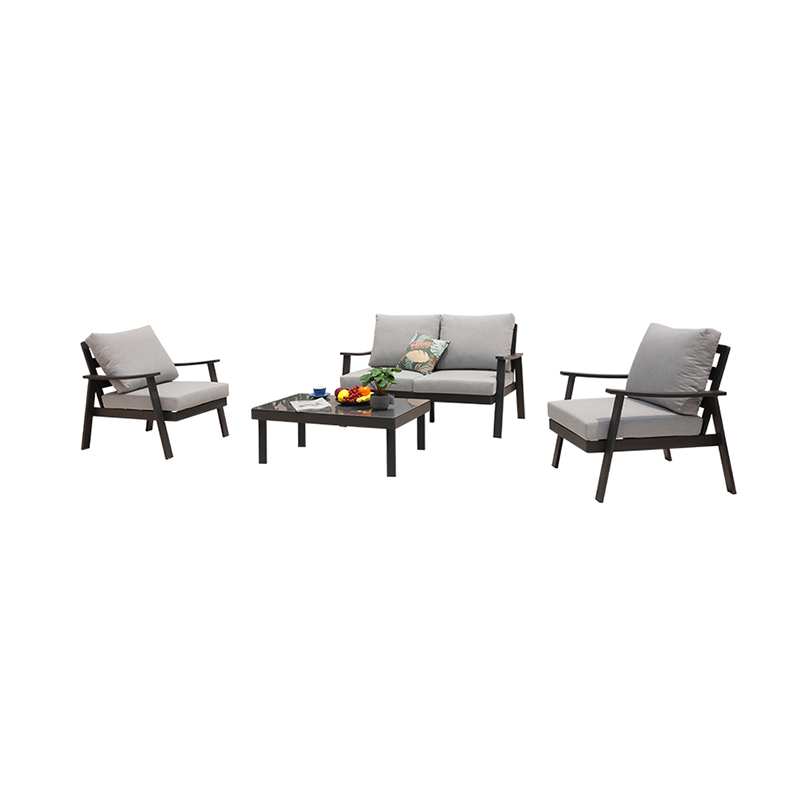
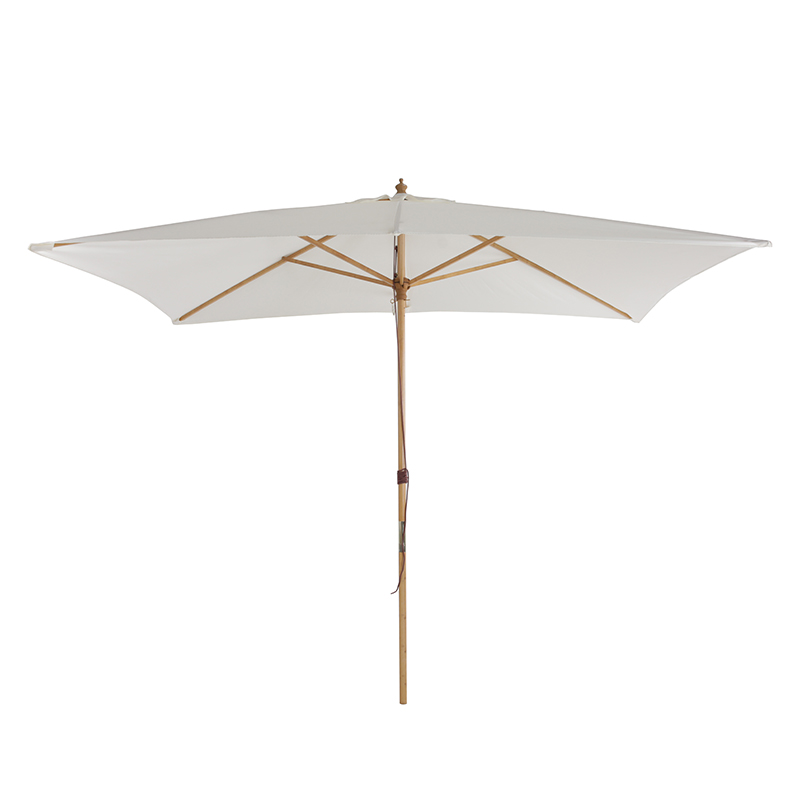
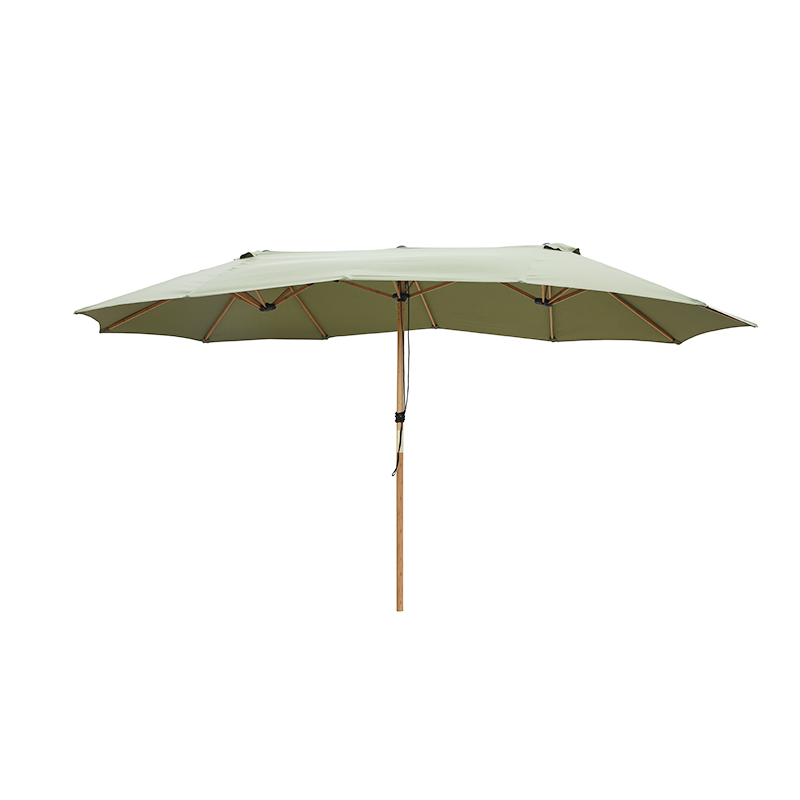
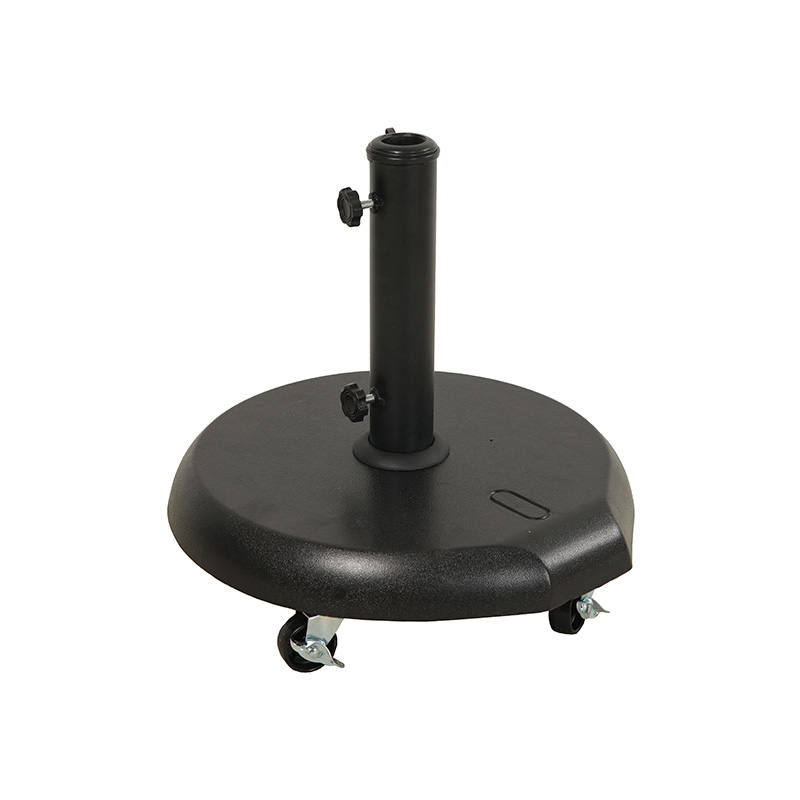
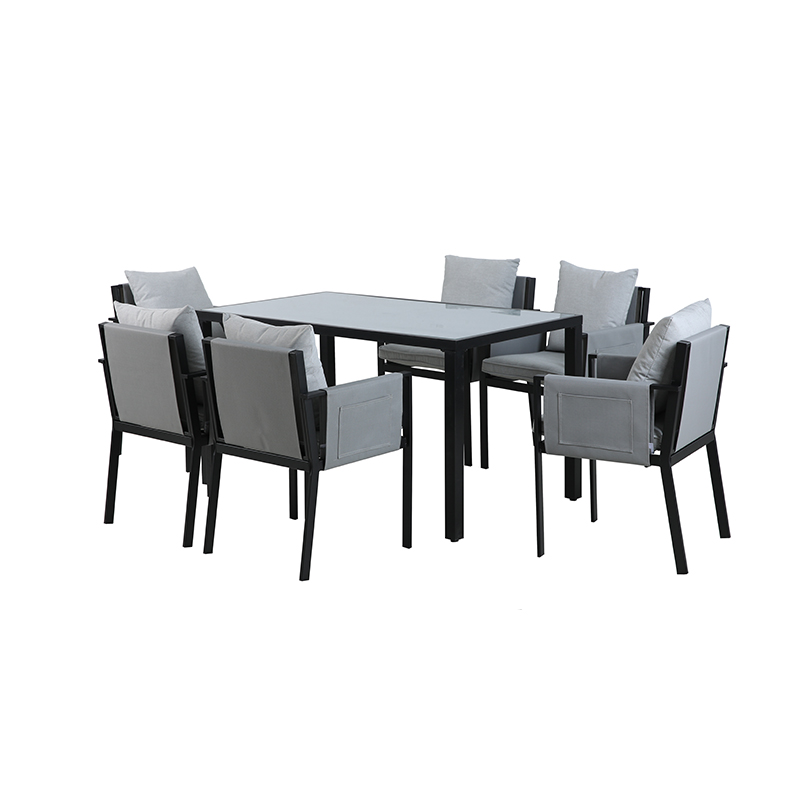
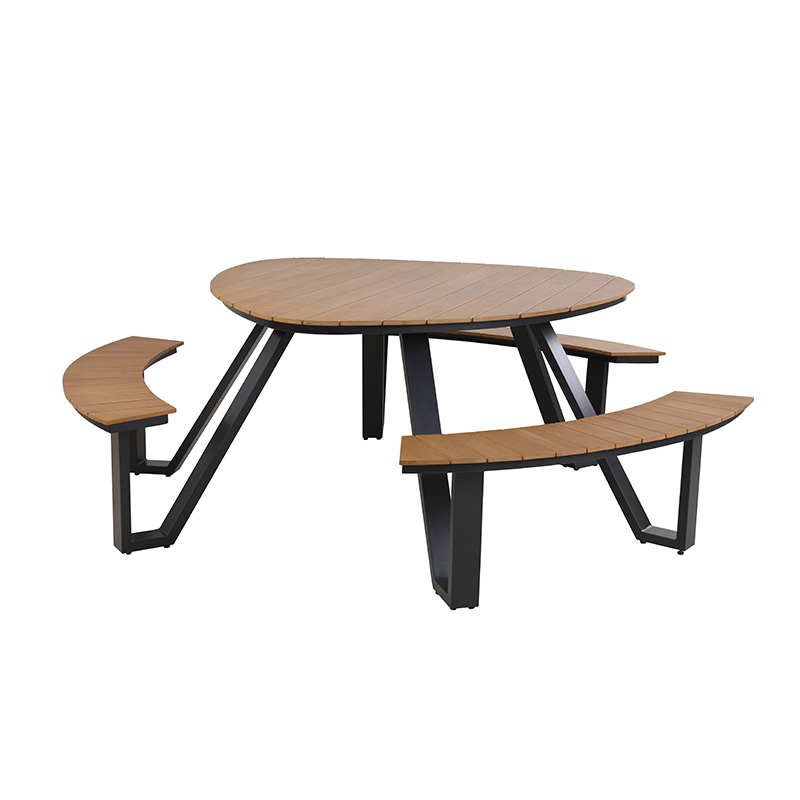

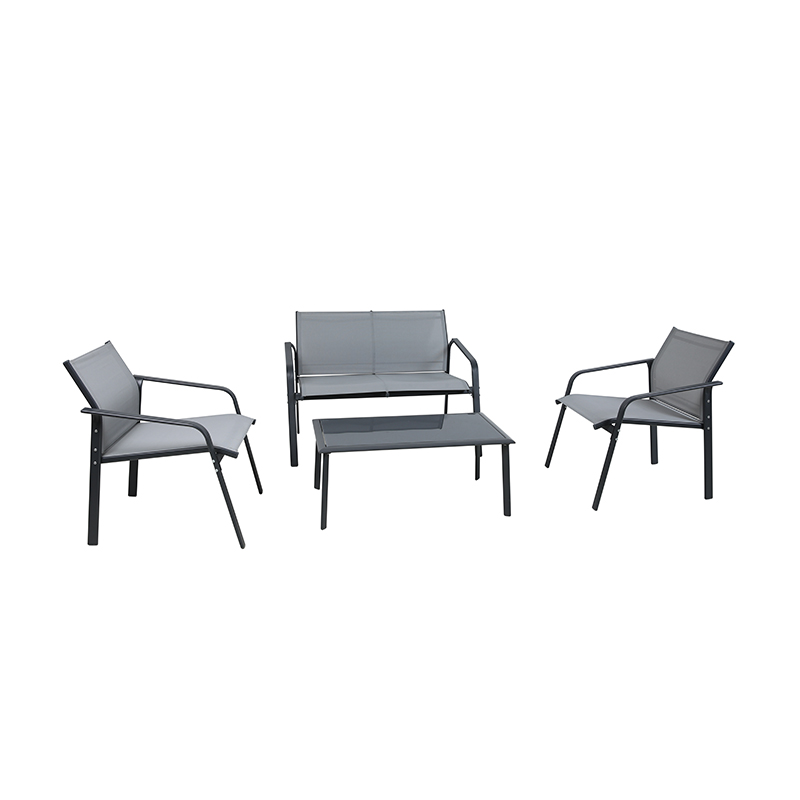
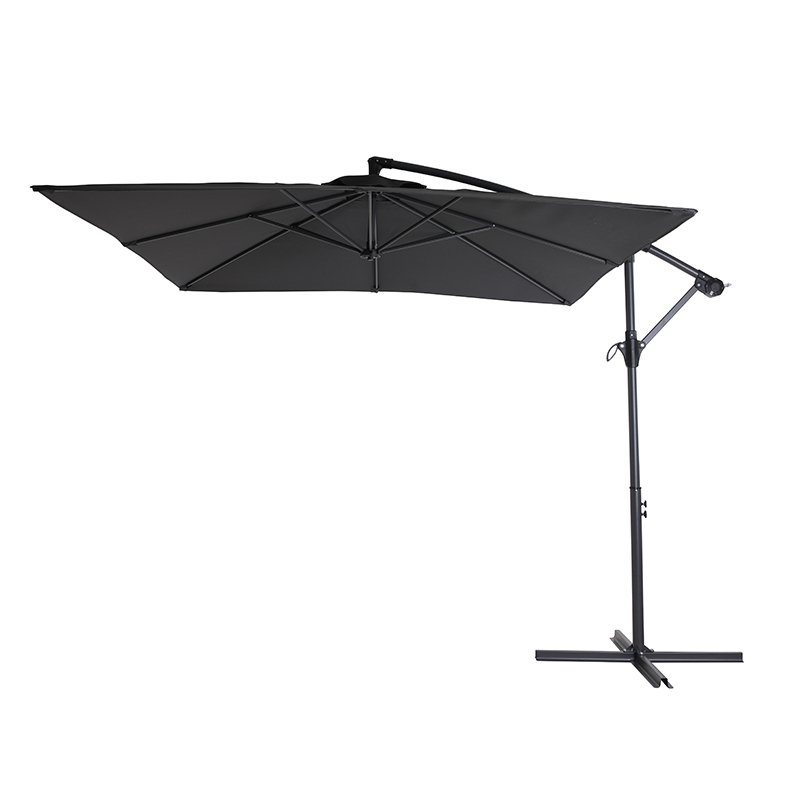


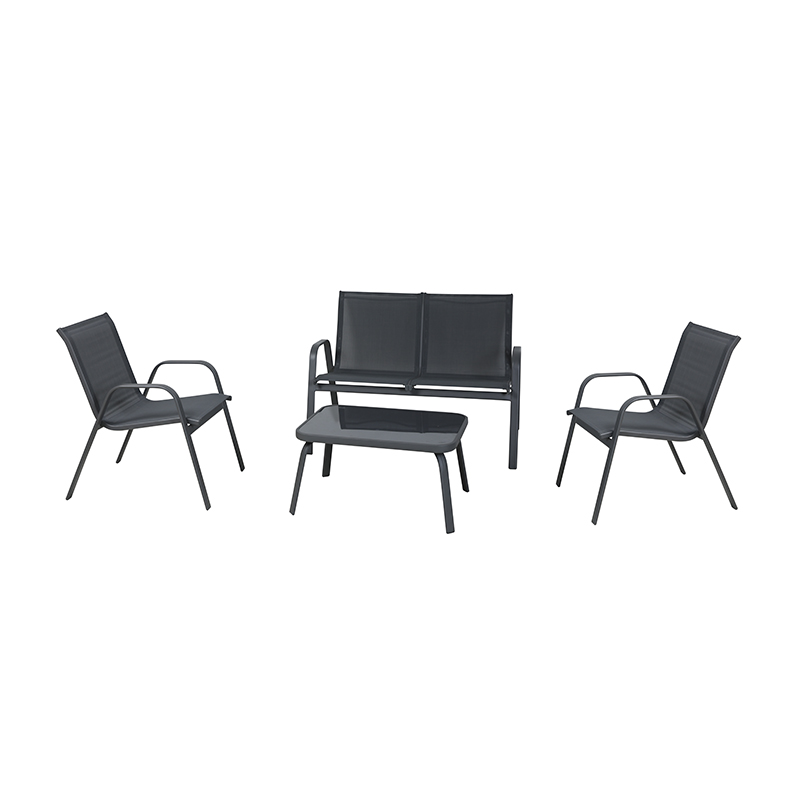
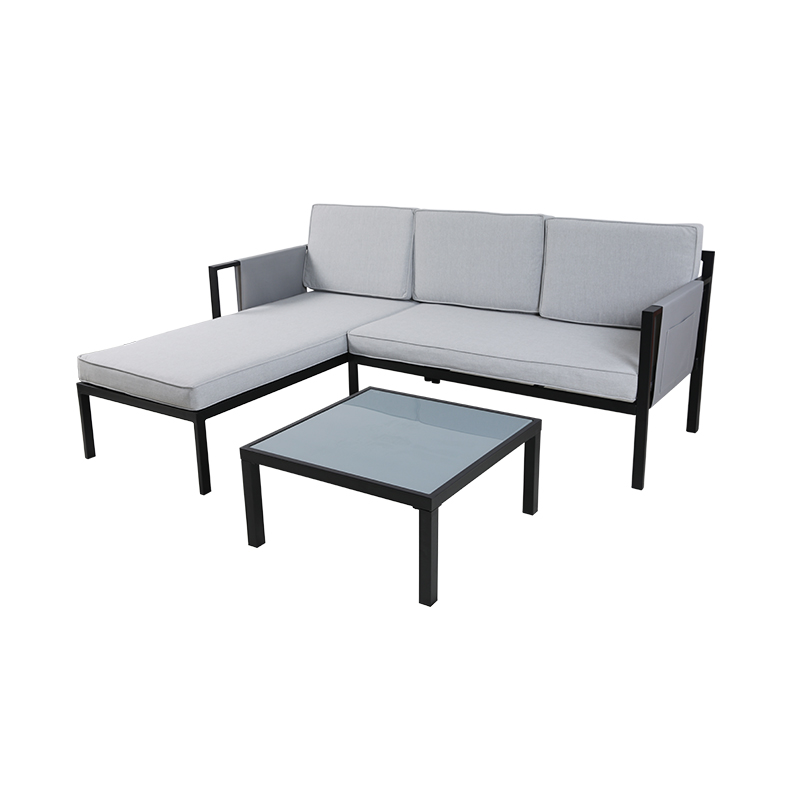
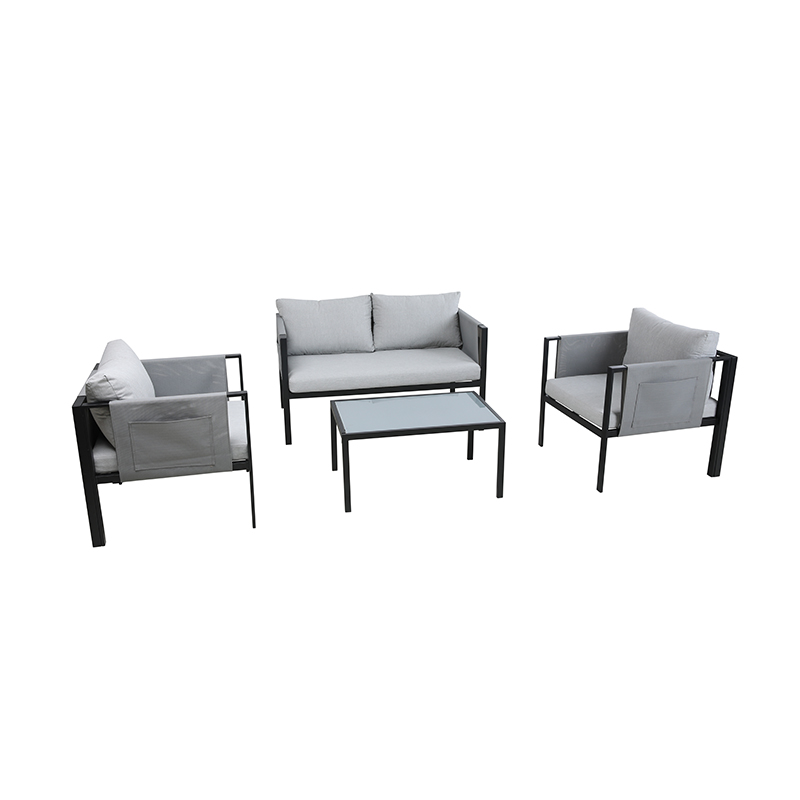
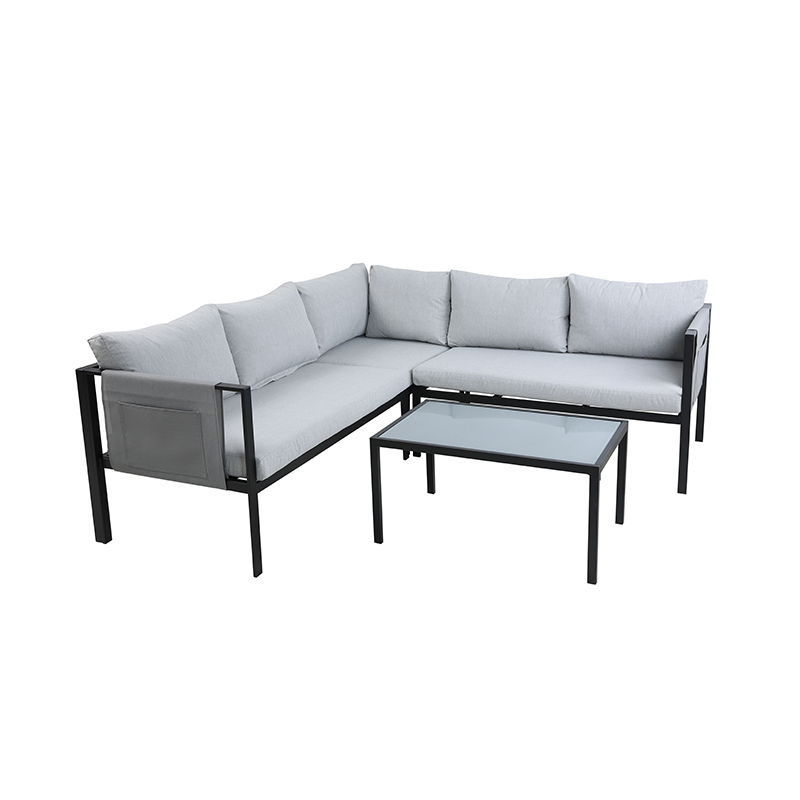
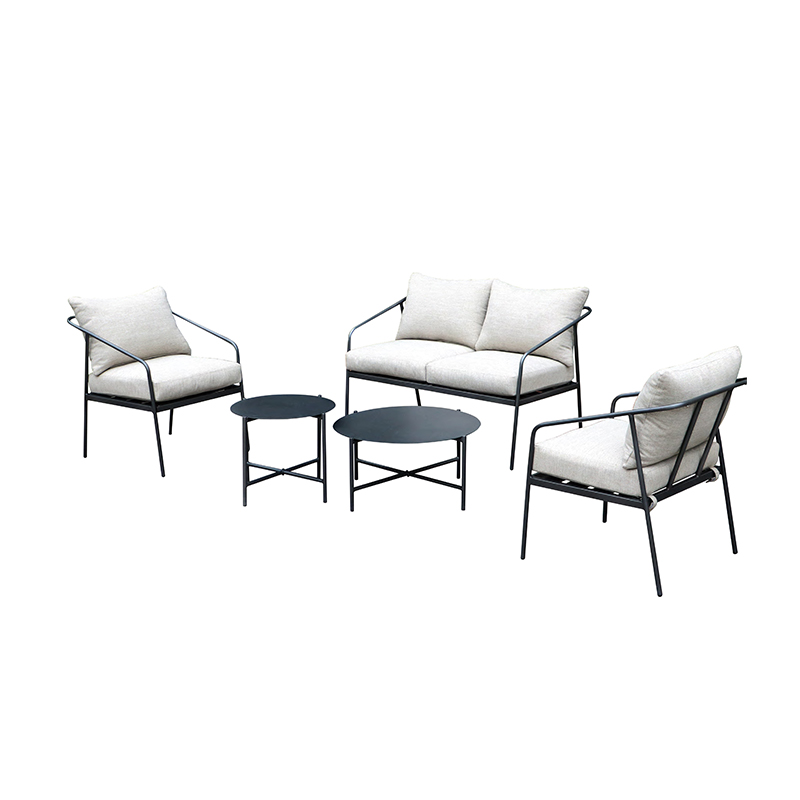
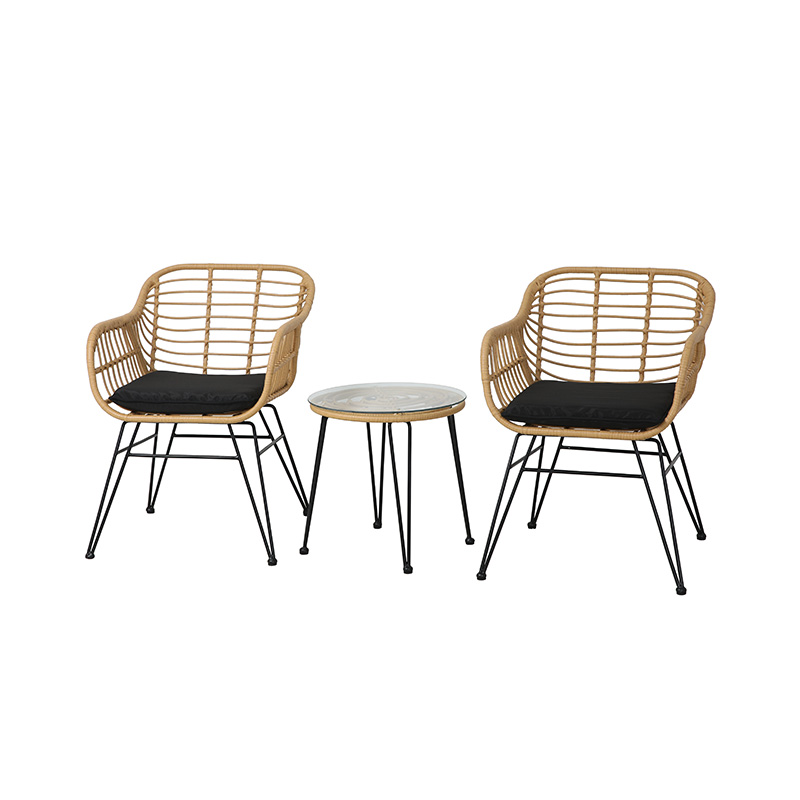

 Tel
Tel  Email
Email  ADDRESS
ADDRESS 














